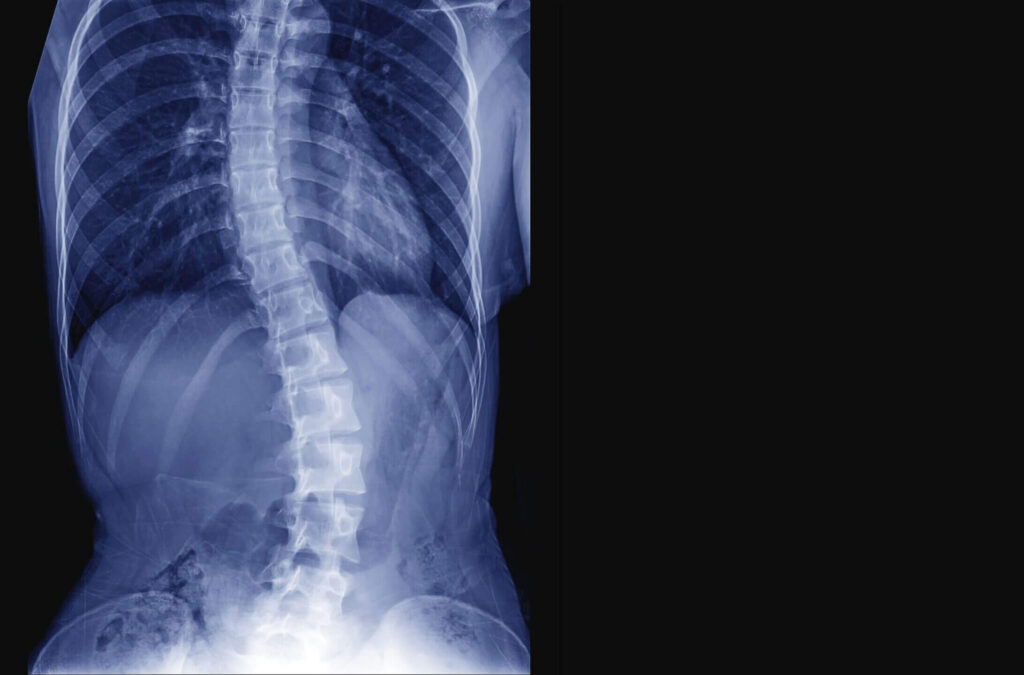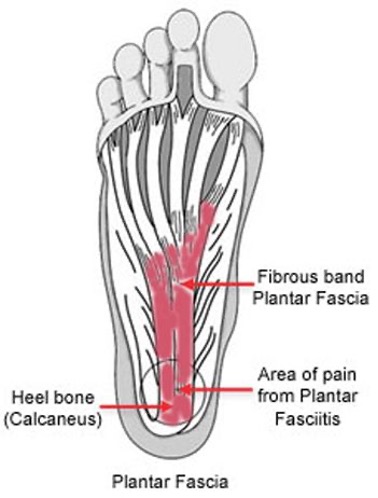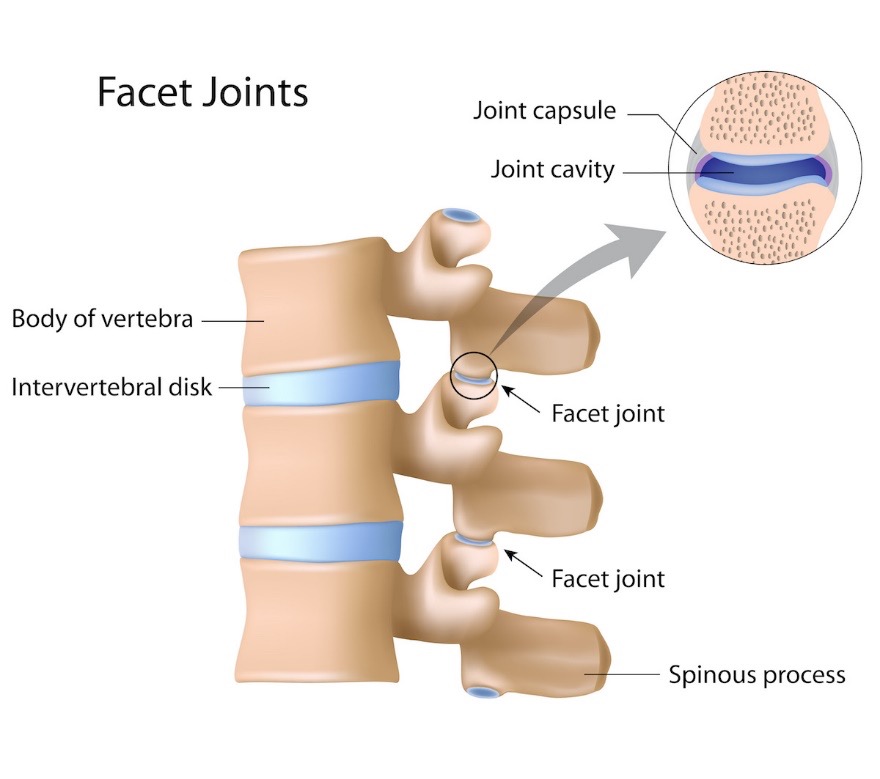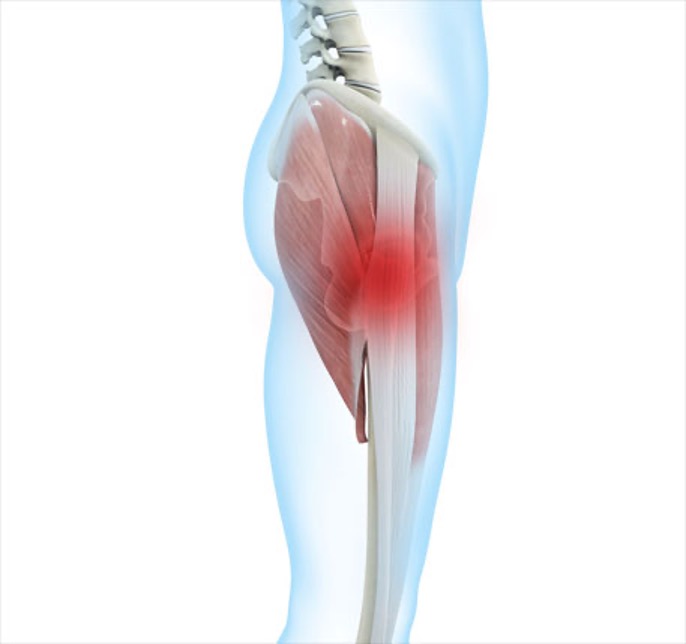Osteopenia vs osteoporosis
THE word osteo refers to bones. Osteopenia therefore refers to a lack of bone, and osteoporosis refers to porous bones. Both conditions refer to a reduction in the bone mineral density – the thickness or strength of the bone. A test can measure this. If a patient gets a T Score value greater than -1 this is in the normal range, -1 to -2.5 means a person has osteopenia and -2.5 or lower indicates osteoporosis.
Osteopenia can progress into osteoporosis if not appropriately treated and managed. Bone density loss occurs in both, however the loss is more pronounced in osteoporosis. Bone density loss in some cases is due to menopause, resulting from a reduction in oestrogen in women and testosterone in males. But younger people can also be affected by osteopenia. Research has found that individuals who have a lower Body Mass Index, particularly women, can be at greater risk.
Osteoporosis Australia reported that 6.2 million Australians over 50 years of age have osteopenia, osteoporosis or poor bone health. Of the 6.2 million, 78 per cent have osteopenia, and 22 per cent have osteoporosis and are at risk of fractures. One bone fracture occurs every 2.9 minutes, which is 501 fractures per day, and 3,521 fractures per week.
Risk factors?
Age alone in isolation is often not a risk factor. Osteoporosis Australia suggests the following risk factors:
- A sedentary lifestyle
- Lack of exercise
- Smoking
- Medications
- Poor diet
- Low Vitamin D
- Inadequate calcium levels
- Family history of osteoporosis
- Low body weight or a low Body Mass Index
- Low levels of Calcium and Vitamin D
- Insuffi cient exposure to a safe amount of sunlight
- Lactose intolerance
Exercises to prevent a decreased bone density
Osteoporosis Australia found that physically active older people have up to a 45 per cent lower risk of sustaining a hip fracture (a common osteoporosis complication), compared to sedentary people.
We know from the research conducted by NASA that gravity is important for bone density as is weight-bearing exercises. Before adaptive measures were in place for astronauts, often they would return to earth with a considerable reduction in bone mass, due to decreased impact and stress forces experienced while in space.
To prevent a reduction in bone mass, weight-bearing exercises need to be included in the exercise program. Some examples include a brisk walk, jogging, stair climbing, skipping, a sport such as basketball or golf and dancing. Some exercises such as swimming can be good for cardiovascular health, but do not provide sufficient load to the bones. These are just some examples, there are many others that can be individualised to your needs.
Bone density and specifically load bearing exercises, can be combined with muscle strengthening and balance exercises. For a comprehensive and specific exercise program for your needs, Robert and Jeff from Next Generation Physiotherapy can assess and formulate an exercise program for you.
The above is just a guide and may not be suitable for your needs. Phone 9203 7771 to make an appointment with Robert today for your weight-bearing exercise program. 291 Warwick Rd, Greenwood, www.ngp.net.au, 9203 7771.




